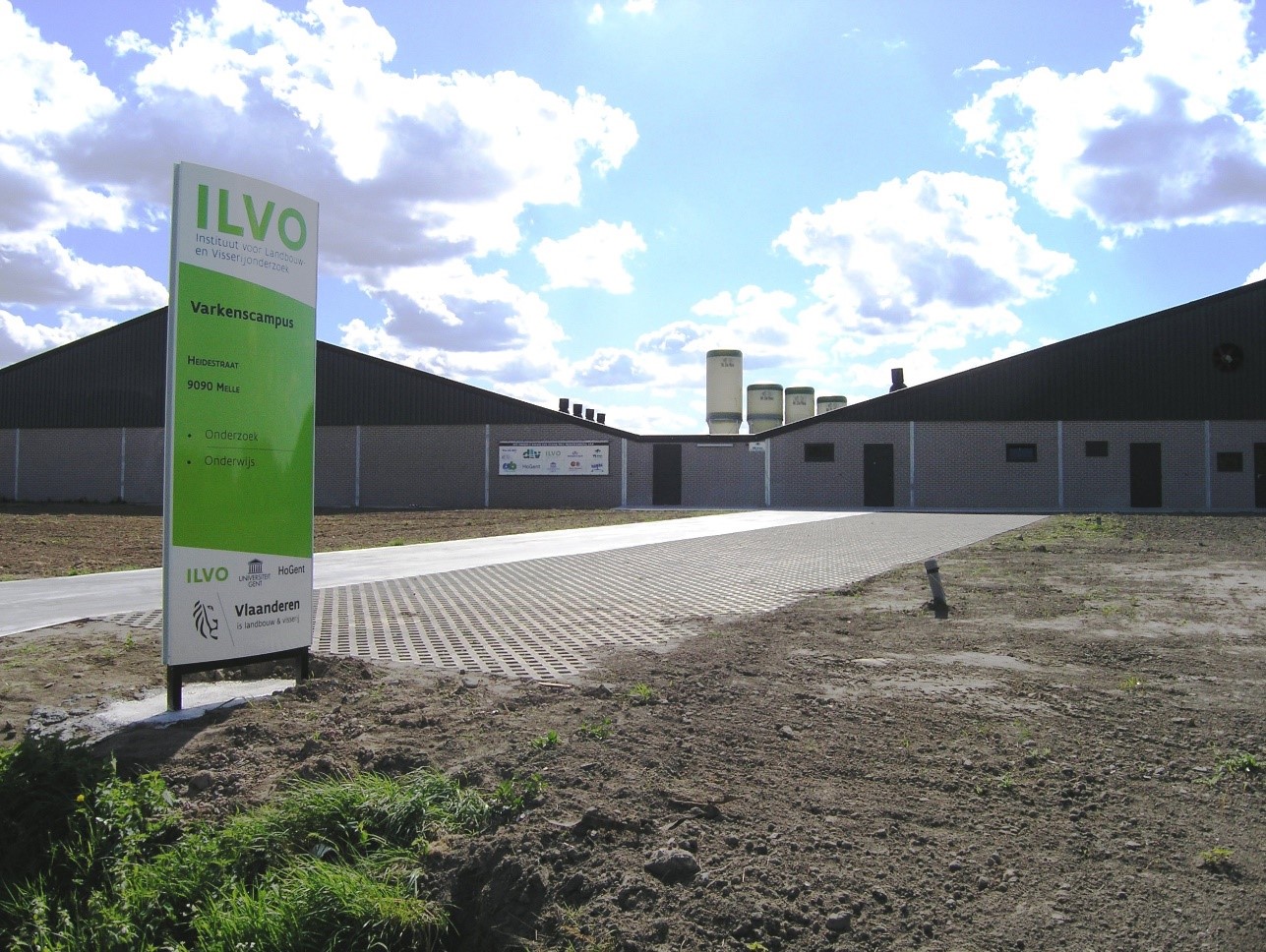Probleemstelling:
European agriculture still relies heavily on fossil energy inputs in farm operations and buildings, and indirectly also in inputs (feed, fertilization), materials and transport. Pig farming is a part of agriculture that also embeds direct and indirect fossil energy use.

Looking at the direct usage of energy in a pig farm, the majority goes to heating of the different compartments and this is currently often done with gas or fuel based systems. Different ages of pigs (housed in different compartment often within the same pig farm) have different thermal needs resulting in heating systems combining aspects like heating of incoming air (in combination with the ventilation system), floor heating in specific parts and heat lamps for the newly born piglets.
Converting existing buildings and starting up new buildings with renewable energy sources will help to lead to a ‘greener’ energy usage and reduced climate impact. This thesis will made in cooperation with ILVO (Flanders research institute for agriculture, fisheries and food).